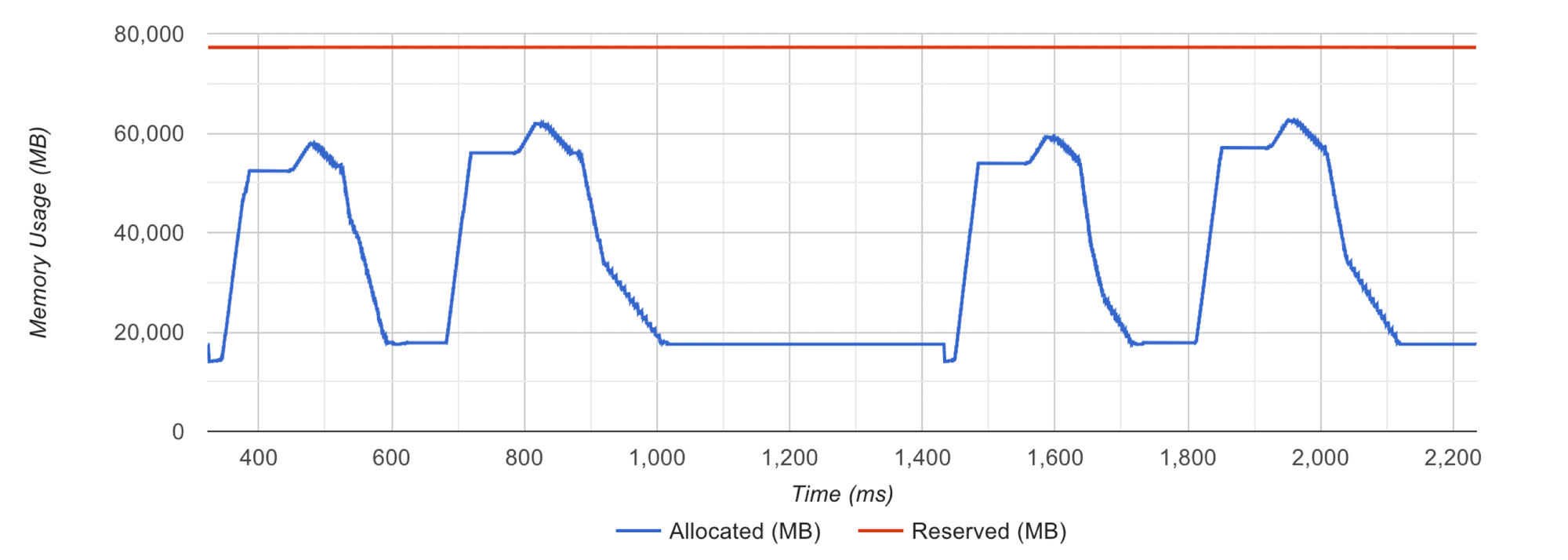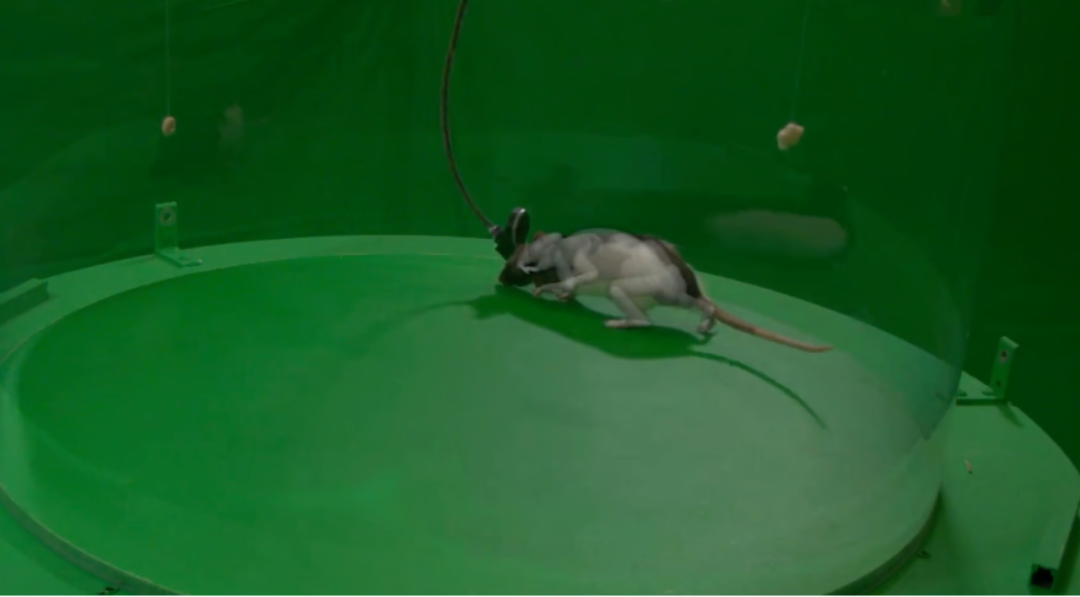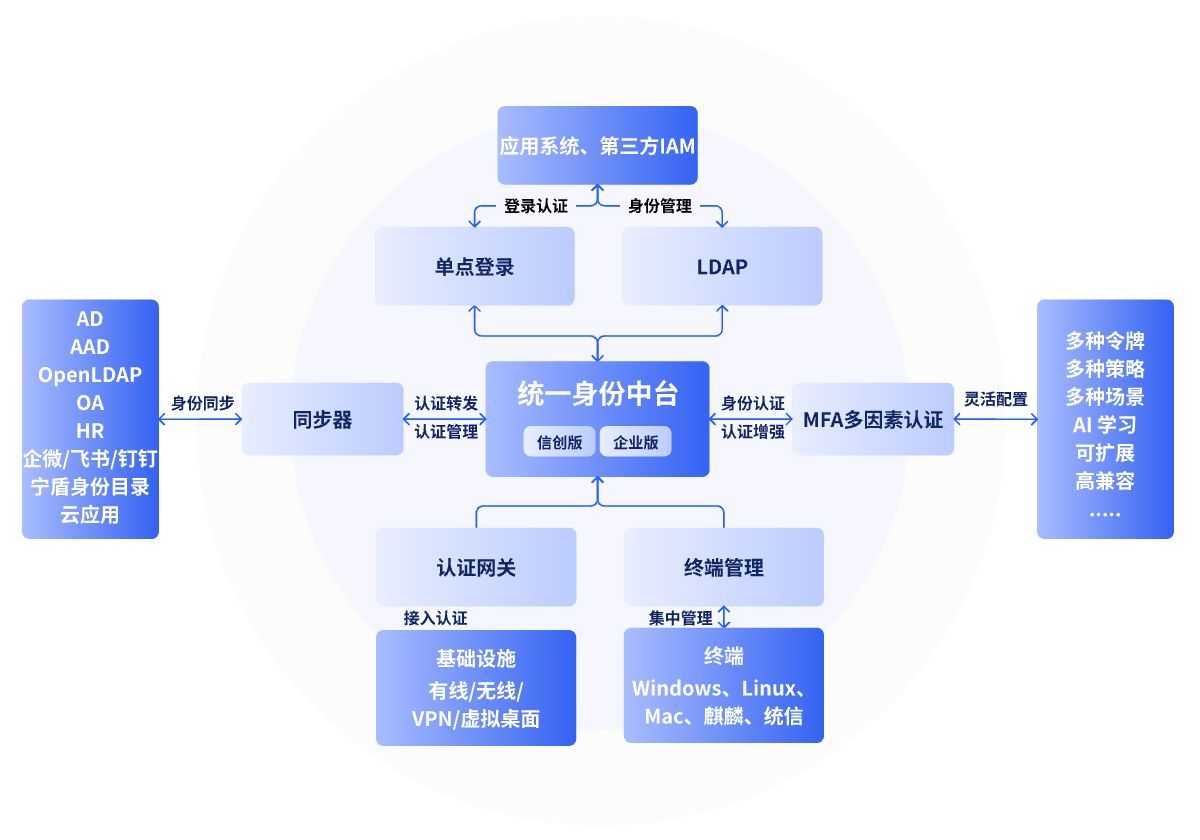栈和队列OJ题
文章目录
- 栈和队列OJ题
- 1. 用队列实现栈
- 2. 用栈实现队列
- 3. 括号匹配问题
- 4. 循环队列
1. 用队列实现栈
OJ链接:225. 用队列实现栈 - 力扣(LeetCode)
好的,我们一起来看一下题目,题目是这样说的

思路:使用两个队列,始终保持一个队列为空。当我们需要进行进栈操作时,将数据进入不为空的队列中(若两个都为空,则随便压入一个队列)。当需要进行出栈操作时,将不为空的队列中的数据导入空队列,仅留下一个数据,这时将这个数据返回并且删除即可。判断栈是否为空,即判断两个队列是否同时为空
举个例子,我们将 1,2,3,4 进栈,实际上就是进入其中一个队列 q1 中

如果我们要出栈是不是就是按照 4,3,2,1 的顺序,我们将 1,2,3 push 到第二个队列 q2 中,然后在 q1 中 pop 4 就完成出栈的一步操作

然后我们就可以 push q2 中的 1,2 到 q1 ,这样就可以留一个 3 在 q2 然后 pop q2 就可以完成 3 的出栈操作

以此循环就可以完成出栈的全部操作

下面就是代码实现:
typedef int QDataType;
typedef struct QueueNode
{
struct QueueNode* next;
QDataType data;
}QNode;
typedef struct Queue
{
QNode* head;
QNode* tail;
int size;
}Queue;
void QueueInit(Queue* pq);
void QueueDestory(Queue* pq);
void QueuePush(Queue* pq, QDataType x);
void QueuePop(Queue* pq);
QDataType QueueFront(Queue* pq);
QDataType QueueBack(Queue* pq);
bool QueueEmpty(Queue* pq);
int QueueSize(Queue* pq);
void QueueInit(Queue* pq)
{
assert(pq);
pq->size = 0;
pq->head = pq->tail = NULL;
}
void QueueDestory(Queue* pq)
{
assert(pq);
QNode* cur = pq->head;
while (cur)
{
QNode* del = cur;
cur = cur->next;
free(del);
}
pq->size = 0;
pq->head = pq->tail = NULL;
}
void QueuePush(Queue* pq, QDataType x)
{
assert(pq);
QNode* newnode = (QNode*)malloc(sizeof(QNode));
if (newnode == NULL)
{
perror("malloc fail\n");
exit(-1);
}
else
{
newnode->data = x;
newnode->next = NULL;
}
if (pq->tail == NULL)
{
pq->head = pq->tail = newnode;
}
else
{
pq->tail->next = newnode;
pq->tail = newnode;
}
pq->size++;
}
bool QueueEmpty(Queue* pq)
{
return pq->tail == NULL && pq->head == NULL;
}
void QueuePop(Queue* pq)
{
assert(pq);
assert(!(QueueEmpty(pq)));
if (pq->head->next == NULL)
{
free(pq->head);
pq->head = pq->tail = NULL;
}
else
{
QNode* del = pq->head;
pq->head = pq->head->next;
free(del);
del = NULL;
}
pq->size--;
}
QDataType QueueFront(Queue* pq)
{
assert(pq);
assert(!(QueueEmpty(pq)));
return pq->head->data;
}
QDataType QueueBack(Queue* pq)
{
assert(pq);
assert(!(QueueEmpty(pq)));
return pq->tail->data;
}
int QueueSize(Queue* pq)
{
assert(pq);
return pq->size;
}
typedef struct {
Queue q1;
Queue q2;
} MyStack;
MyStack* myStackCreate() {
MyStack* obj = (MyStack*)malloc(sizeof(MyStack));
QueueInit(&obj->q1);
QueueInit(&obj->q2);
return obj;
}
void myStackPush(MyStack* obj, int x) {
if (!QueueEmpty(&obj->q1))
{
QueuePush(&obj->q1, x);
}
else
{
QueuePush(&obj->q2, x);
}
}
int myStackPop(MyStack* obj) {
Queue* empty = &obj->q1;
Queue* noEmpty = &obj->q2;
if (!QueueEmpty(&obj->q1))
{
empty = &obj->q2;
noEmpty = &obj->q1;
}
while (QueueSize(noEmpty) > 1)
{
QueuePush(empty, QueueFront(noEmpty));
QueuePop(noEmpty);
}
int top = QueueFront(noEmpty);
QueuePop(noEmpty);
return top;
}
int myStackTop(MyStack* obj) {
if (!QueueEmpty(&obj->q1))
{
return QueueBack(&obj->q1);
}
else
{
return QueueBack(&obj->q2);
}
}
bool myStackEmpty(MyStack* obj) {
return QueueEmpty(&obj->q1) && QueueEmpty(&obj->q2);
}
void myStackFree(MyStack* obj) {
QueueDestory(&obj->q1);
QueueDestory(&obj->q2);
free(obj);
}
2. 用栈实现队列
OJ链接:232. 用栈实现队列 - 力扣(LeetCode)
好的,我们一起来看一下题目,题目是这样说的

思路:使用两个栈,第一个栈只用于数据的输入,第二个栈只用于数据的输出。当需要输出数据,但第二个栈为空时,先将第一个栈中的数据一个一个导入到第二个栈,然后第二个栈再输出数据即可
举个例子 ,我想要按照 1,2,3,4 的顺序入队列,那就是要按照 1,2,3,4 的顺序出队列,我们可以先入一个栈,然后将第一个栈中的数据一个一个导入到第二个栈,输入即可

下面就是代码实现:
typedef int STDataType;
typedef struct Stack
{
STDataType* _a;
int _top; // 栈顶
int _capacity; // 容量
}Stack;
// 初始化栈
void StackInit(Stack* ps);
// 入栈
void StackPush(Stack* ps, STDataType data);
// 出栈
void StackPop(Stack* ps);
// 获取栈顶元素
STDataType StackTop(Stack* ps);
// 获取栈中有效元素个数
int StackSize(Stack* ps);
// 检测栈是否为空,如果为空返回非零结果,如果不为空返回0
bool StackEmpty(Stack* ps);
// 销毁栈
void StackDestroy(Stack* ps);
bool StackEmpty(Stack* ps)
{
assert(ps);
return ps->_top == 0;
}
int StackSize(Stack* ps)
{
assert(ps);
return ps->_top;
}
STDataType StackTop(Stack* ps)
{
assert(ps);
assert(!StackEmpty(ps));
return ps->_a[ps->_top - 1];
}
void StackInit(Stack* ps)
{
assert(ps);
ps->_a = NULL;
ps->_capacity = ps->_top = 0;
}
void StackPush(Stack* ps, STDataType data)
{
assert(ps);
if (ps->_top == ps->_capacity)
{
int newCapacity = ps->_capacity == 0 ? 4 : ps->_capacity * 2;
STDataType* tmp = (STDataType*)realloc(ps->_a, newCapacity * sizeof(STDataType));
if (NULL == tmp)
{
perror("malloc fail");
exit(-1);
}
ps->_a = tmp;
ps->_capacity = newCapacity;
}
ps->_a[ps->_top] = data;
ps->_top++;
}
void StackPop(Stack* ps)
{
assert(ps);
ps->_top--;
}
void StackDestroy(Stack* ps)
{
assert(ps);
free(ps->_a);
ps->_a = NULL;
ps->_capacity = ps->_top = 0;
}
typedef struct {
Stack pushST;
Stack popST;
} MyQueue;
MyQueue* myQueueCreate() {
MyQueue* obj = (MyQueue*)malloc(sizeof(MyQueue));
StackInit(&obj->pushST);
StackInit(&obj->popST);
return obj;
}
void myQueuePush(MyQueue* obj, int x) {
StackPush(&obj->pushST, x);
}
void PushSTToPopST(MyQueue* obj)
{
if (StackEmpty(&obj->popST))
{
while (!StackEmpty(&obj->pushST))
{
StackPush(&obj->popST, StackTop(&obj->pushST));
StackPop(&obj->pushST);
}
}
}
int myQueuePop(MyQueue* obj) {
PushSTToPopST(obj);
int front = StackTop(&obj->popST);
StackPop(&obj->popST);
return front;
}
int myQueuePeek(MyQueue* obj) {
PushSTToPopST(obj);
int front = StackTop(&obj->popST);
return front;
}
bool myQueueEmpty(MyQueue* obj) {
return StackEmpty(&obj->popST) && StackEmpty(&obj->pushST);
}
void myQueueFree(MyQueue* obj) {
StackDestroy(&obj->pushST);
StackDestroy(&obj->popST);
free(obj);
}
3. 括号匹配问题
OJ链接:20. 有效的括号 - 力扣(LeetCode)
好的,我们一起来看一下题目,题目是这样说的

思路:该题是栈的典型应用,满足后进先出的规则(后入栈的前括号将优先与先出现的后括号相匹配)。遍历字符串,遇到前括号直接入栈。遇到后括号,判断该后括号与栈顶的前括号是否匹配(若此时栈为空,则字符串无效),若不匹配则字符串无效;若匹配则删除栈顶元素,继续遍历字符串,直到字符串遍历完毕。当字符串遍历完后,检测栈是否为空,若为空,则字符串有效,若不为空,说明有前括号未匹配,字符串无效
typedef char STDataType;
typedef struct Stack
{
STDataType* _a;
int _top; // 栈顶
int _capacity; // 容量
}Stack;
// 初始化栈
void StackInit(Stack* ps);
// 入栈
void StackPush(Stack* ps, STDataType data);
// 出栈
void StackPop(Stack* ps);
// 获取栈顶元素
STDataType StackTop(Stack* ps);
// 获取栈中有效元素个数
int StackSize(Stack* ps);
// 检测栈是否为空,如果为空返回非零结果,如果不为空返回0
bool StackEmpty(Stack* ps);
// 销毁栈
void StackDestroy(Stack* ps);
bool StackEmpty(Stack* ps)
{
assert(ps);
return ps->_top == 0;
}
int StackSize(Stack* ps)
{
assert(ps);
return ps->_top;
}
STDataType StackTop(Stack* ps)
{
assert(ps);
assert(!StackEmpty(ps));
return ps->_a[ps->_top - 1];
}
void StackInit(Stack* ps)
{
assert(ps);
ps->_a = NULL;
ps->_capacity = ps->_top = 0;
}
void StackPush(Stack* ps, STDataType data)
{
assert(ps);
if (ps->_top == ps->_capacity)
{
int newCapacity = ps->_capacity == 0 ? 4 : ps->_capacity * 2;
STDataType* tmp = (STDataType*)realloc(ps->_a, newCapacity * sizeof(STDataType));
if (NULL == tmp)
{
perror("malloc fail");
exit(-1);
}
ps->_a = tmp;
ps->_capacity = newCapacity;
}
ps->_a[ps->_top] = data;
ps->_top++;
}
void StackPop(Stack* ps)
{
assert(ps);
ps->_top--;
}
void StackDestroy(Stack* ps)
{
assert(ps);
free(ps->_a);
ps->_a = NULL;
ps->_capacity = ps->_top = 0;
}
bool isValid(char * s){
Stack st;
StackInit(&st);
while(*s)
{
if(*s == '(' || *s == '[' || *s == '{')
{
StackPush(&st, *s);
}
else
{
if(StackEmpty(&st))
{
StackDestroy(&st);
return false;
}
else
{
if((*s == ')' && StackTop(&st) != '(')
|| (*s == ']' && StackTop(&st) != '[')
|| (*s == '}' && StackTop(&st) != '{'))
{
StackDestroy(&st);
return false;
}
StackPop(&st);
}
}
++s;
}
if(!StackEmpty(&st))
{
StackDestroy(&st);
return false;
}
return true;
}
4. 循环队列
OJ链接:622. 设计循环队列 - 力扣(LeetCode)
好的,我们一起来看一下题目,题目是这样说的

思路:在环形队列中,队列为空时,队头队尾指向同一个位置。当队列不为空时,队头指向插入的第一个数据,队尾指向最后一个数据的下一个位置。当tail+1等于front时,说明环形队列已满。
注意:环形队列的队尾不能像常规队列中队尾一样指向最后一个数据,如果这样的话,我们将不能区别环形队列的状态是空还是满,因为此时队头和队尾都指向同一个位置。这就意味着,我们必须留出一个空间,这个空间不能存放数据,这样我们才能很好的区别环形队列的状态是空还是满。

实现代码如下:
typedef struct {
int* a;
int head;
int tail;
int size;
} MyCircularQueue;
bool myCircularQueueIsEmpty(MyCircularQueue* obj) {
return obj->head == obj->tail;
}
bool myCircularQueueIsFull(MyCircularQueue* obj) {
return (obj->tail + 1) % obj->size == obj->head;
}
MyCircularQueue* myCircularQueueCreate(int k) {
MyCircularQueue* obj = (MyCircularQueue*)malloc(sizeof(MyCircularQueue));
obj->a = (int*)malloc(sizeof(int) * (k+1));
obj->head = obj->tail = 0;
obj->size = k + 1;
return obj;
}
bool myCircularQueueEnQueue(MyCircularQueue* obj, int value) {
if(myCircularQueueIsFull(obj))
{
return false;
}
else
{
obj->a[obj->tail] = value;
obj->tail++;
obj->tail %= obj->size;
return true;
}
}
bool myCircularQueueDeQueue(MyCircularQueue* obj) {
if(myCircularQueueIsEmpty(obj))
{
return false;
}
else
{
obj->head++;
obj->head %= obj->size;
return true;
}
}
int myCircularQueueFront(MyCircularQueue* obj) {
if(myCircularQueueIsEmpty(obj))
{
return -1;
}
else
{
return obj->a[obj->head];
}
}
int myCircularQueueRear(MyCircularQueue* obj) {
if(myCircularQueueIsEmpty(obj))
{
return -1;
}
else
{
return obj->a[(obj->tail - 1 + obj->size) % obj->size];
}
}
void myCircularQueueFree(MyCircularQueue* obj) {
free(obj->a);
free(obj);
}

















